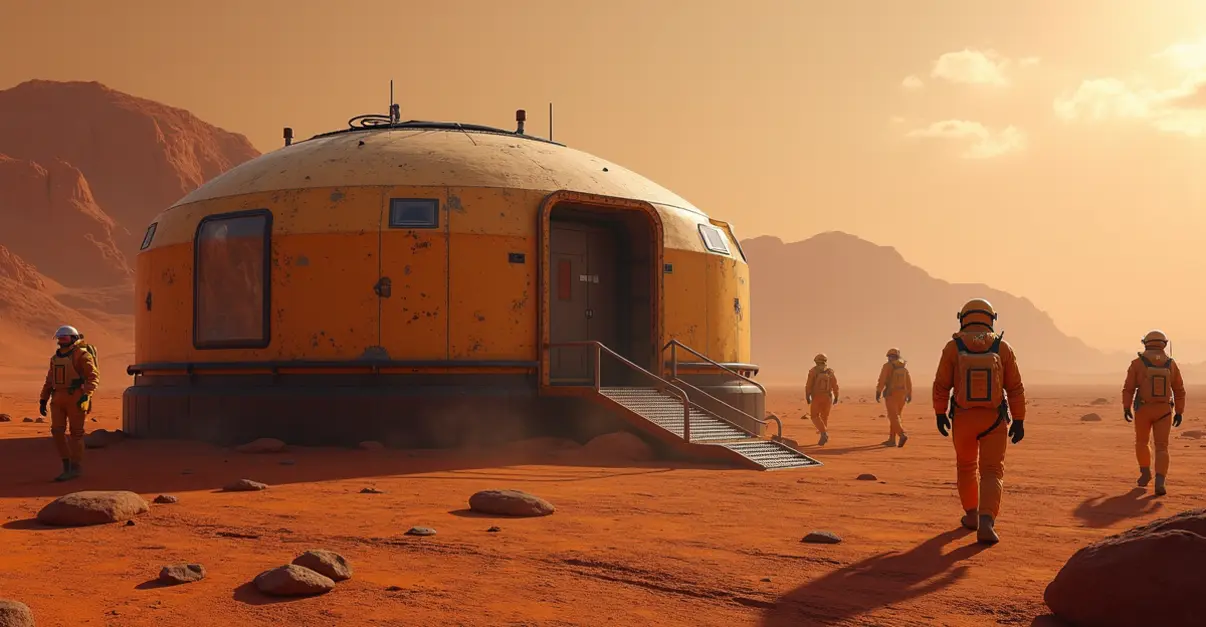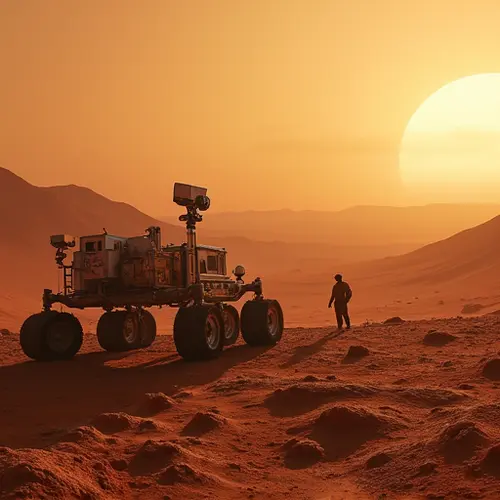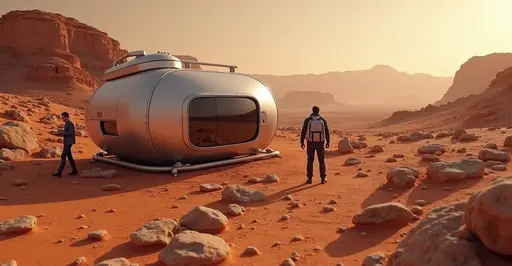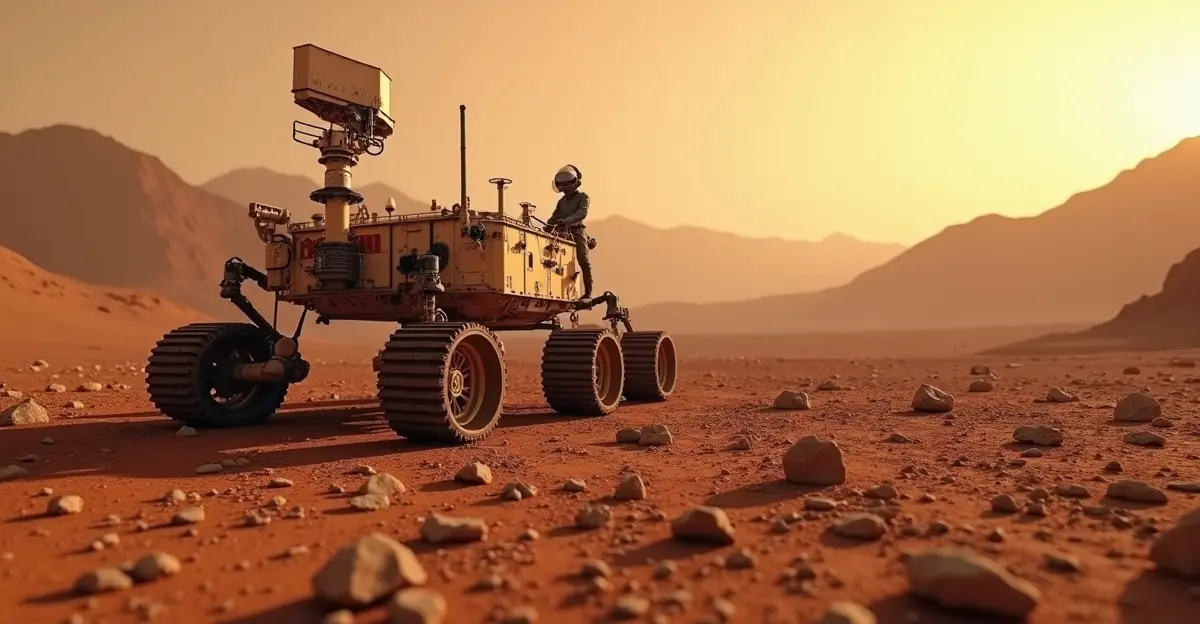Mars mission technology demonstrations show significant progress in habitat systems, ISRU oxygen production, and long-duration life support. NASA's MOXIE experiment successfully made oxygen from Martian air, while advanced life support systems and habitat designs are being tested for sustainable human presence.

Breakthroughs in Martian Habitat Systems and Life Support
Recent advancements in Mars mission technology demonstrations are bringing humanity closer to sustainable presence on the Red Planet. Key developments in habitat systems, in-situ resource utilization (ISRU) experiments, and long-duration life support tests are showing remarkable progress as we approach potential crewed missions in the 2030s.
ISRU: Making Oxygen from Martian Air
NASA's MOXIE (Mars Oxygen ISRU Experiment) has been a game-changer in demonstrating practical resource utilization on Mars. The device, about the size of a car battery, successfully produced oxygen from Mars' carbon dioxide-rich atmosphere for over two years aboard the Perseverance rover. 'MOXIE has proven that we can literally make breathable air from the Martian atmosphere,' says Dr. Michael Hecht, principal investigator for MOXIE at MIT. 'This technology could supply over 75% of the propellant needed for human missions and eliminate the need to transport massive oxygen supplies from Earth.'
The experiment achieved its first oxygen production on April 20, 2021, and continued operating successfully until August 2023, producing 122 grams of oxygen at up to 12 grams per hour with 98% purity. Future systems will need to be about 100 times larger to support human missions, but the proof of concept is complete.
Advanced Life Support Systems
Environmental Control and Life Support Systems (ECLSS) are undergoing rigorous testing for Mars applications. These closed-loop systems must recycle air, water, and waste for multi-year missions without resupply from Earth. 'The challenge isn't just keeping astronauts alive for a few days - it's maintaining human health and performance for years in an environment that's actively trying to kill them,' explains Dr. Sarah Johnson, a life support systems engineer at NASA.
Recent terrestrial simulations like NASA's CHAPEA (Crew Health and Performance Exploration Analog) missions are testing these systems under Mars-like conditions. Crews live in isolated habitats for extended periods while researchers monitor everything from air quality to psychological resilience.
Habitat Design Innovations
Mars habitat design is evolving rapidly, with concepts ranging from underground lava tubes to inflatable surface structures. The primary challenges include radiation protection, temperature regulation, and pressure containment in Mars' thin atmosphere. 'We're looking at habitats that can be constructed using local materials wherever possible,' says architect Maria Rodriguez, who specializes in extraterrestrial design. 'Using Martian regolith for radiation shielding and potentially 3D-printing structures from local materials could dramatically reduce launch costs.'
Research from the Aerospace journal review highlights how Earth-based analog missions like Biosphere 2 and China's Yuegong 1 are providing crucial data for Mars habitat development. These experiments test everything from food production to waste recycling in closed environments.
Water Resource Utilization
Water remains the most critical resource for sustained human presence on Mars. Recent studies, including a 2025 review article, identify optimal habitat locations based on accessible water resources. Equatorial regions like Meridiani Planum and Gale Crater show promise due to higher temperatures and water availability in soil and hydrous minerals.
'Water accounts for the largest weight among life support materials,' notes planetary scientist Dr. James Chen. 'Being able to extract and recycle water on Mars is absolutely essential for any long-term presence.' Current strategies involve robotic systems preparing water resources before human arrival, targeting underground ice deposits and hydrated minerals.
The Road Ahead
NASA's Artemis program is serving as a crucial testing ground for Mars technologies. 'Artemis IV and future lunar missions are essentially our dress rehearsal for Mars,' says mission director Dr. Robert Williams. 'We're testing the endurance, tools, and systems we'll need for the much longer journey to Mars.'
As these technology demonstrations continue to show success, the timeline for human Mars missions becomes increasingly realistic. The combination of ISRU, advanced life support, and innovative habitat designs is creating a foundation for sustainable human presence beyond Earth.

 Nederlands
Nederlands
 English
English









